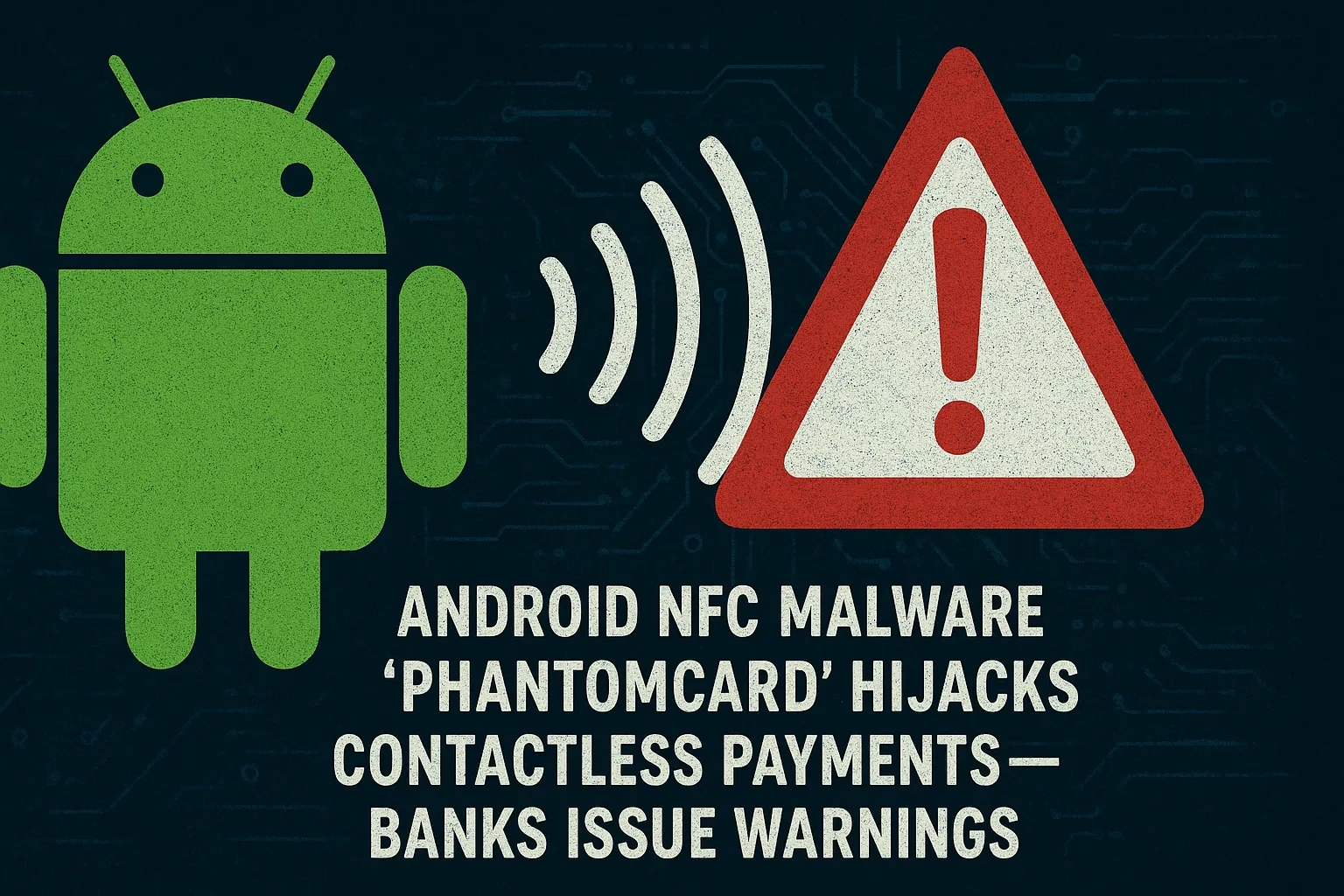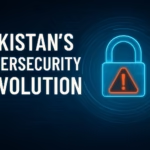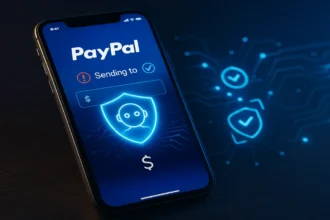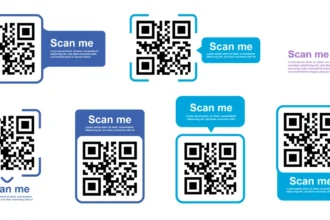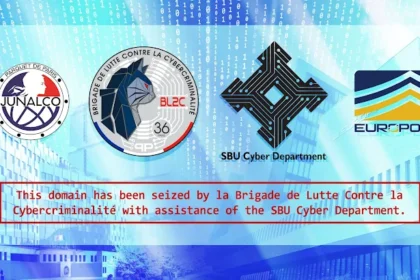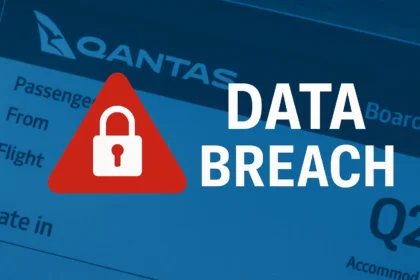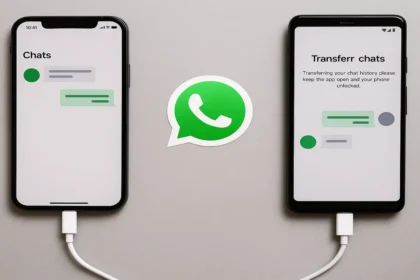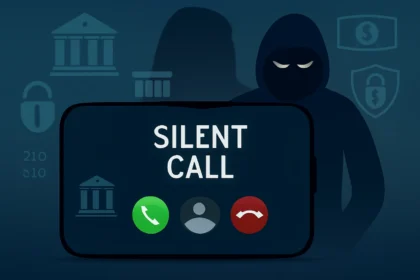A wave of concern has swept through the banking and cybersecurity worlds with the recent discovery of PhantomCard, a sophisticated Android malware capable of hijacking contactless payments. Major banks and security researchers are now urgently warning consumers to protect their cards and devices from this emerging threat.
What is PhantomCard?
PhantomCard is a new breed of mobile Trojan targeting Android devices. Its primary function: hijack contactless (NFC) card payments by covertly transmitting your card’s data and PIN in real time to cybercriminals.
- How it spreads: Disguised as a legitimate card protection or banking security app—often named “Proteção Cartões”—PhantomCard is distributed through fake Google Play Store pages that mimic real apps and feature fake reviews to lure victims.
- Trick: Once installed, the app asks users to “verify” their card by tapping it to their phone. Without requesting suspicious permissions, it silently reads your card’s NFC data.
- Data theft: The app requests your PIN under the pretense of verification, relaying both your card info and PIN to criminals via a live relay server.
- Result: Criminals can use your card for real ATM withdrawals or in-store purchases—even while you still physically have your card—by connecting your credentials to their point-of-sale or ATM.
The Technical Threat
- Malware-as-a-Service: PhantomCard originates from a Malware-as-a-Service ecosystem known as “NFU Pay.” This service lets even low-tech criminals deploy region-customized variants, rapidly scaling attacks across new markets.
- Global expansion: While the first campaigns primarily targeted Brazilian users, evidence suggests the malware can be tailored for use worldwide. The author, known as “Go1ano developer,” is an experienced reseller of Android banking malware and claims global compatibility.
- Real-time relay: PhantomCard’s power comes from leveraging a phone’s built-in NFC reader in combination with a remote attacker’s point-of-sale or ATM device—creating a live bridge between your card and the fraudster’s hardware.
Why Is This So Dangerous?
- Untraceable fraud: Because transactions are carried out using your real card info and PIN, most anti-fraud systems see them as legitimate.
- Low user awareness: The attack flow feels like a real security check; victims rarely realize their card is being cloned and used remotely.
- Smishing & fake sites: Victims are often led to install the app through SMS phishing or misleading websites designed to look official.
How to Protect Yourself
- Download only from the official Google Play Store.
- Ignore unsolicited links or SMS messages promoting security apps.
- Disable NFC on your device when not needed.
- Install reputable mobile security software such as Google Play Protect.
- Never share your PIN or tap your card to a phone unless you’re certain about the app’s legitimacy.
- Stay alert for unusual banking notifications or payment requests.
Summary Table: PhantomCard Android NFC Malware
| Feature | Detail |
|---|---|
| Platform Targeted | Android smartphones |
| Attack Method | Fake “Proteção Cartões” app (via fake Google Play sites) |
| Data Stolen | NFC card data & PIN |
| Distribution | Malware-as-a-Service (customizable, global potential) |
| First Observed | Brazil (July–August 2025) |
| Key Tactic | Real-time relay for remote ATM/POS fraud |
| Defense Tips | Download only from official stores, disable NFC, use security apps, never share PIN, beware of unsolicited requests |
Key Takeaways
- PhantomCard signals a new era in NFC fraud: It’s stealthy, scalable, and exploits the convenience of contactless payments.
- Protecting yourself is critical: Only use official app stores, disable NFC when not needed, and be skeptical of apps requesting card taps or PINs.
- Banks and cybersecurity experts are on alert: But this attack vector may bypass traditional monitoring, so user diligence is vital.
The appearance of PhantomCard highlights how cybercrime is evolving alongside our payment technology. By remaining vigilant and following security best practices, you can help shield yourself from these next-generation threats.



